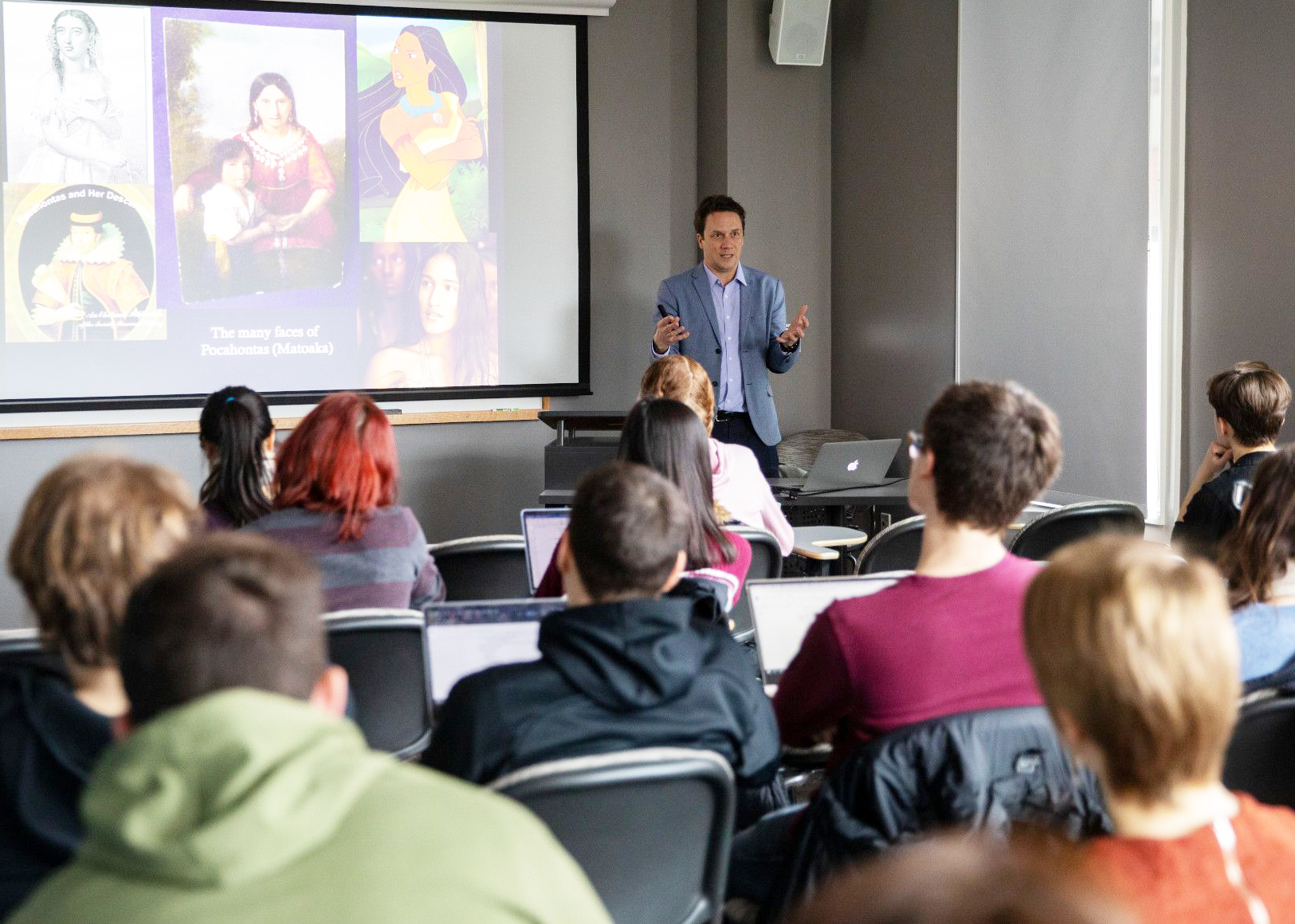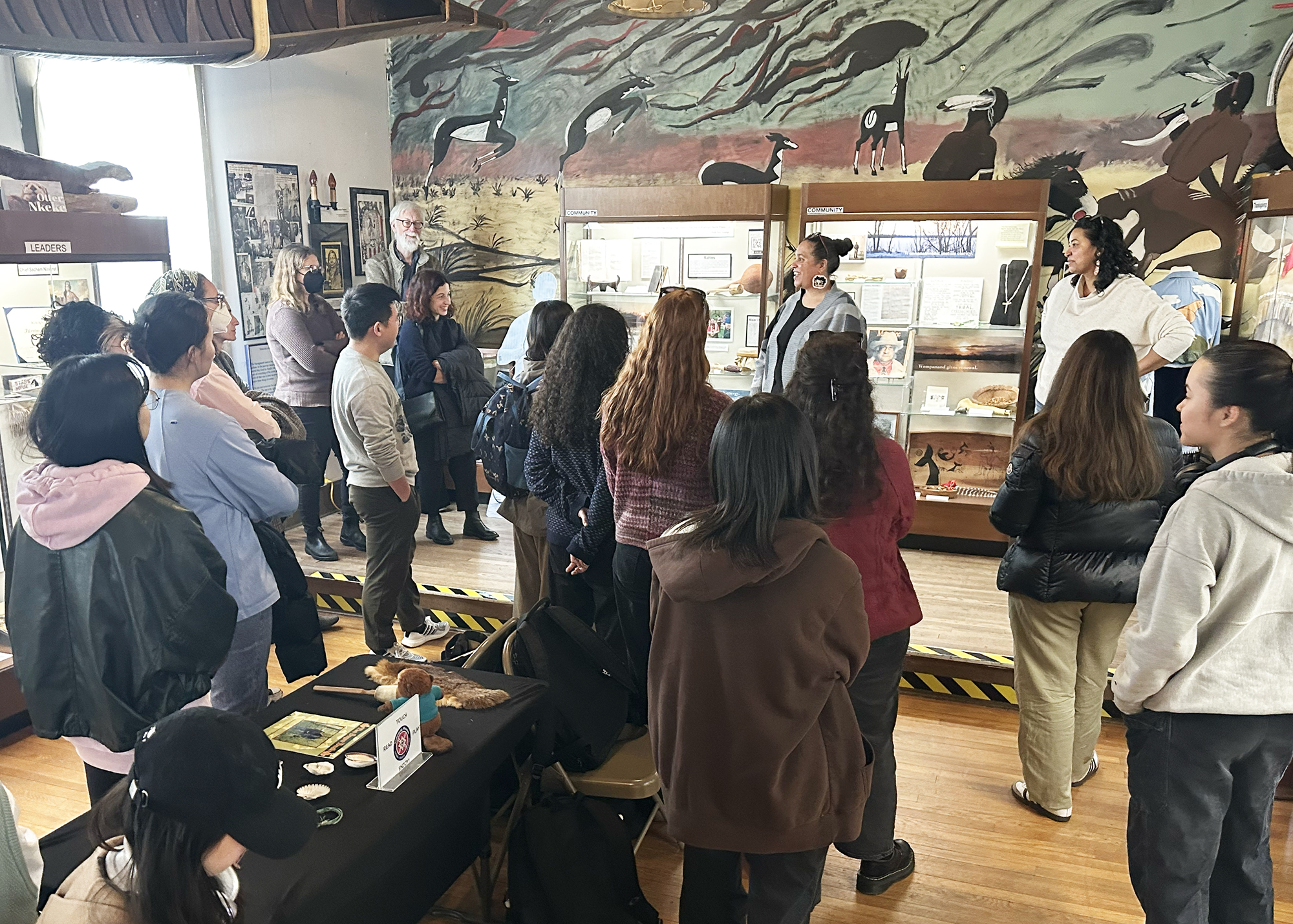PROVIDENCE, R.I. [Brown University] — Scholars estimate that between 1492 and the 1900s, at least 2.5 million Indigenous people in the Americas were taken from their communities and forced into enslavement and servitude. Just like the transatlantic slave trade, the phenomenon shaped United States history — yet few schoolchildren learn about it today.
That could change with the public launch of Stolen Relations, a vast digital repository led by researchers and librarians at Brown University that contains records of thousands of Native people who were forced to leave their homelands and families to serve settlers.
Long a password-protected database used mostly by researchers and people looking for ancestors, Stolen Relations is set to go public on Saturday, May 10, as part of a symposium at Brown. When it does, anyone in the world will be able to access its 7,000 records, a collection of historical primers on Indigenous slavery in the Americas, reflections from living Native leaders, timelines, maps and a host of resources for K-12 educators.

“I’m constantly asking people around me, ‘Who learned about Indigenous slavery in school?’ and I hear dead silence,” said Linford Fisher, an associate professor of history at Brown University and principal investigator on the Stolen Relations project. “Most children learn that Native Americans are present at the beginning, that they ‘help out’ and revolt against early white settlers, and that they’re removed from their homelands and sent to boarding schools. That’s it. So to surface this untold story of millions of individuals who were trafficked in and out for the entirety of U.S. history is important and powerful.”
Visitors to the digital repository will find records of indentured servants alternately described as Native and Black, notes on enslaved Native children’s birth and death dates with no names attached, and newspaper articles containing passing mentions of enslaved Indigenous ship passengers. They’ll encounter pieces of rare personal testimony, including one account of an unpaid servant whose family history of enslavement began when his Choctaw great-grandparents were forcibly removed from their homeland in the 1830s. Some individuals in the database were enslaved just blocks away from Brown’s campus; others were transported as far away as Chile, the Azores and Mauritius.

